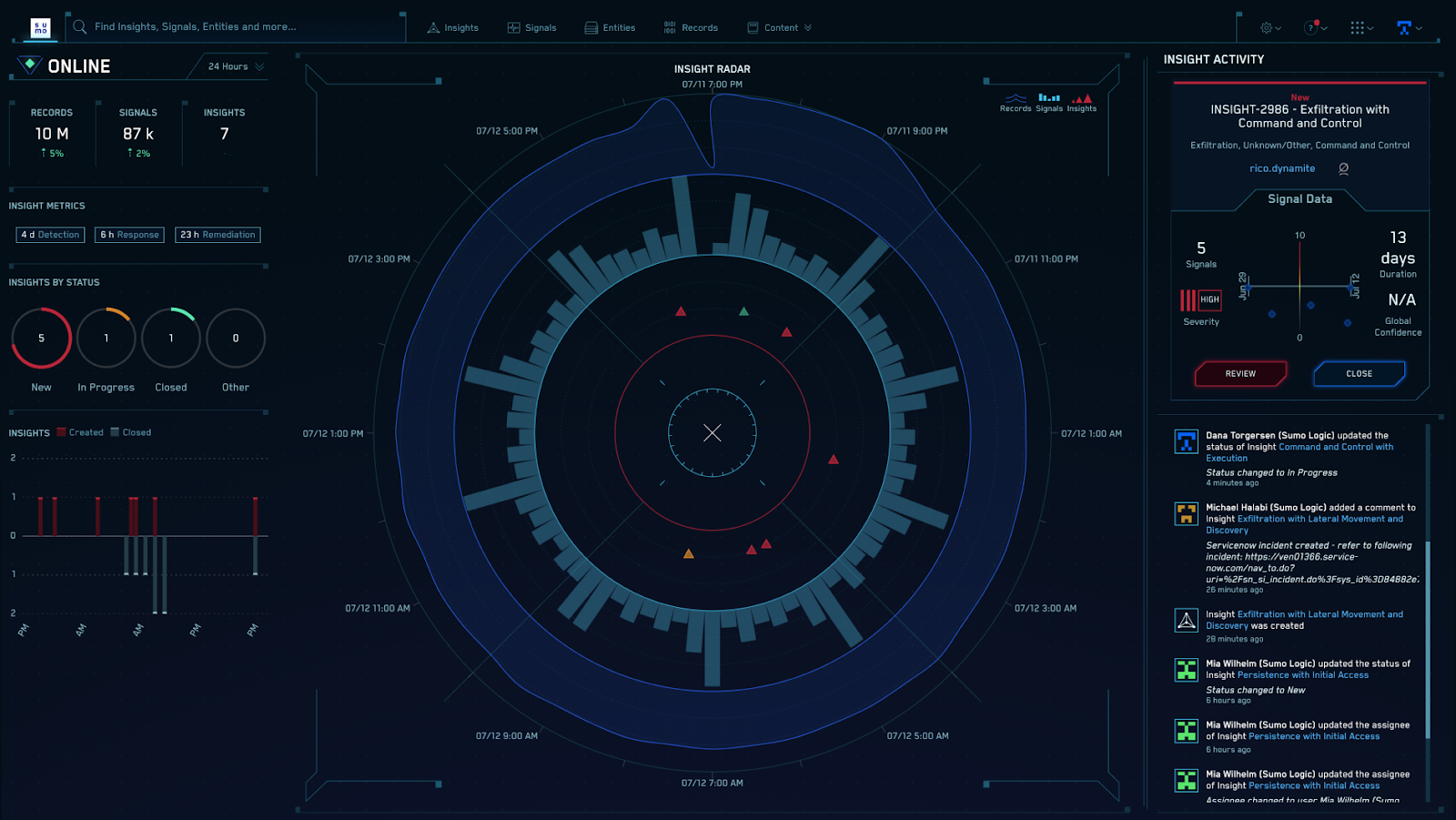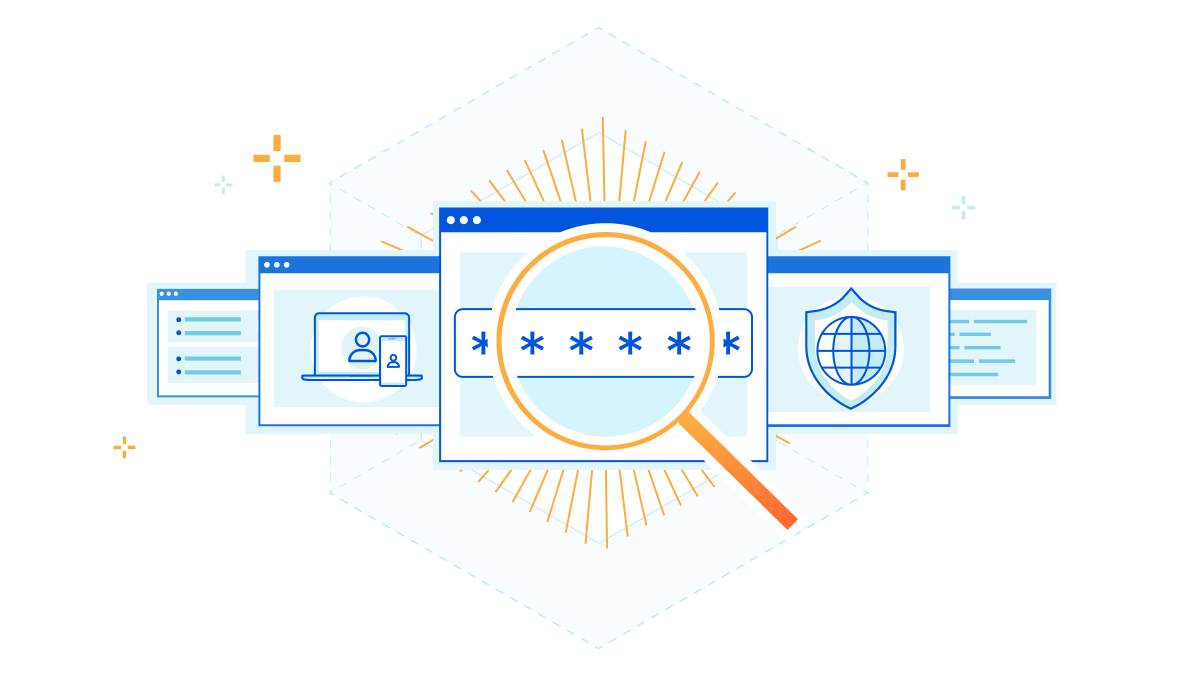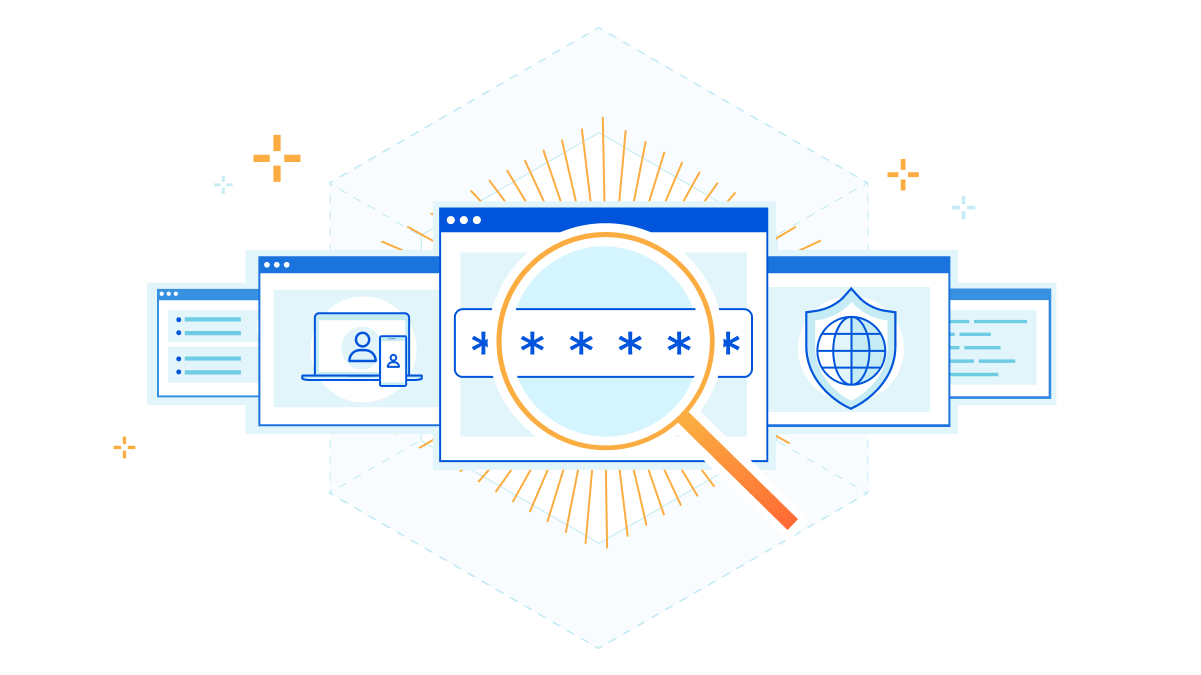Adding Zero Trust signals to Sumo Logic for better security insights


A picture is worth a thousand words and the same is true when it comes to getting visualizations, trends, and data in the form of a ready-made security dashboard.
Today we’re excited to announce the expansion of support for automated normalization and correlation of Zero Trust logs for Logpush in Sumo Logic’s Cloud SIEM. As a Cloudflare technology partner, Sumo Logic is the pioneer in continuous intelligence, a new category of software which enables organizations of all sizes to address the data challenges and opportunities presented by digital transformation, modern applications, and cloud computing.
The updated content in Sumo Logic Cloud SIEM helps joint Cloudflare customers reduce alert fatigue tied to Zero Trust logs and accelerates the triage process for security analysts by converging security and network data into high-fidelity insights. This new functionality complements the existing Cloudflare App for Sumo Logic designed to help IT and security teams gain insights, understand anomalous activity, and better trend security and network performance data over time.

Deeper integration to deliver Zero Trust insights
Using Cloudflare Zero Trust helps protect users, devices, and data, and in the process can create a large volume of logs. These logs are helpful and important because Continue reading







